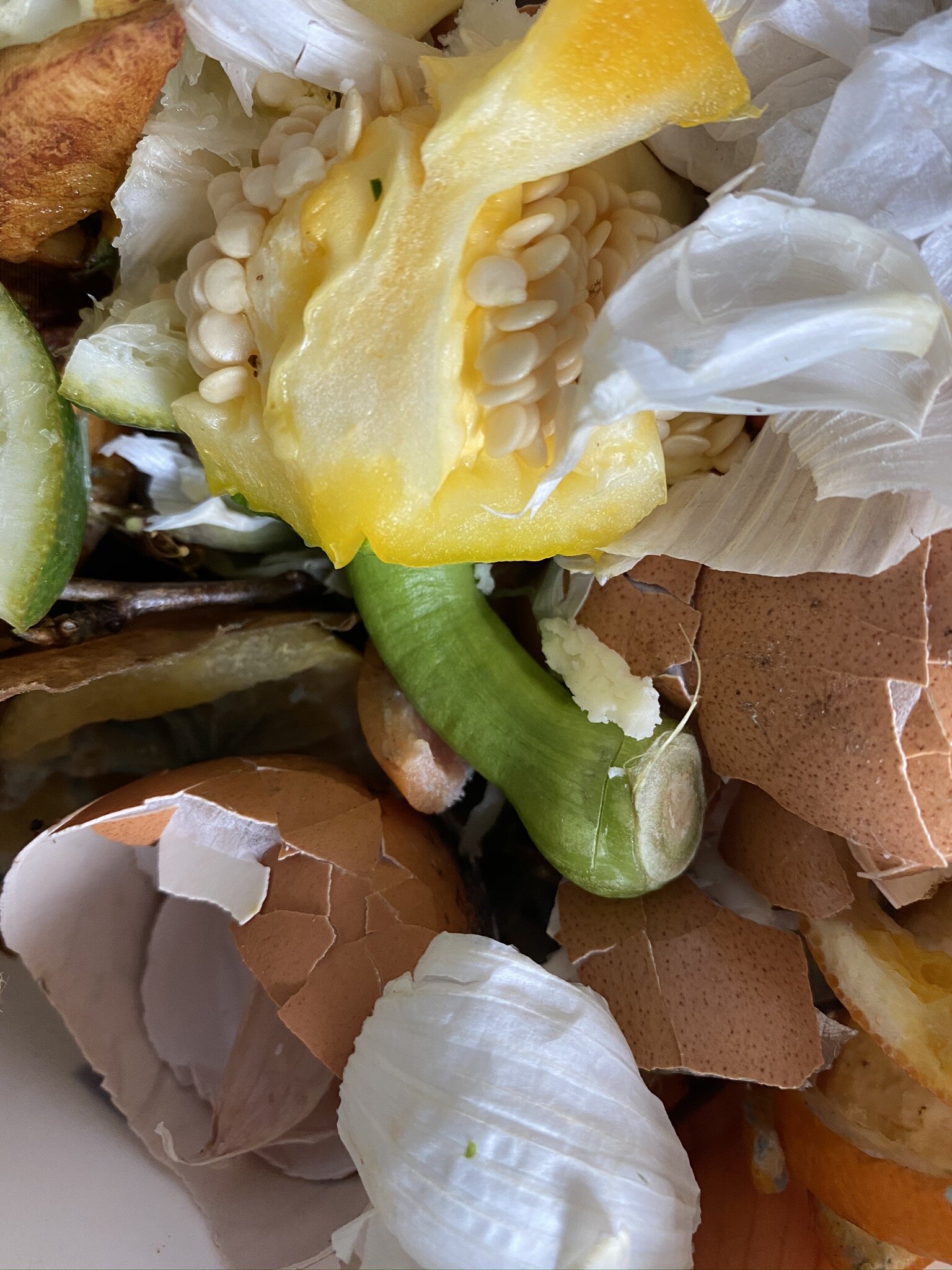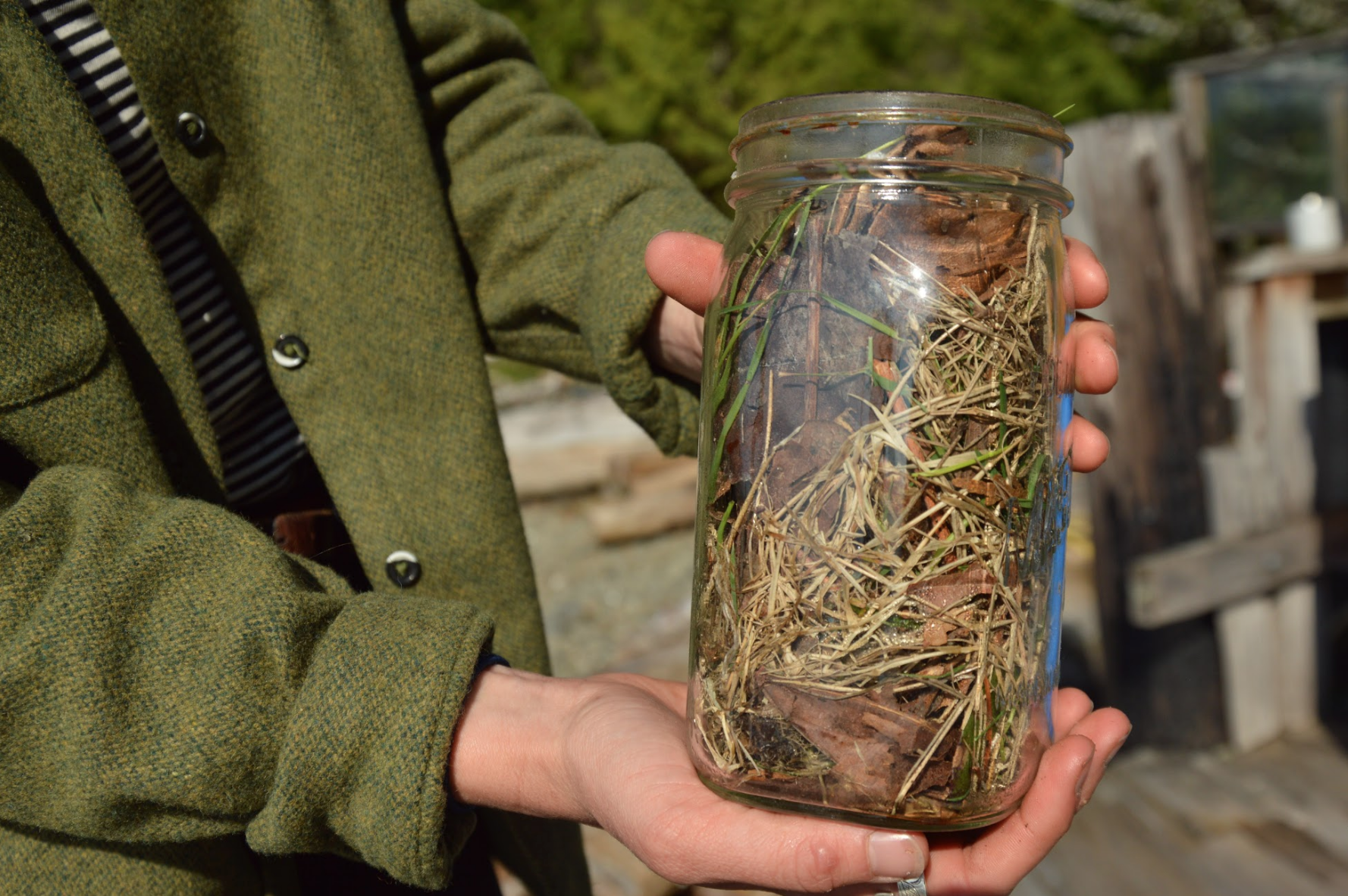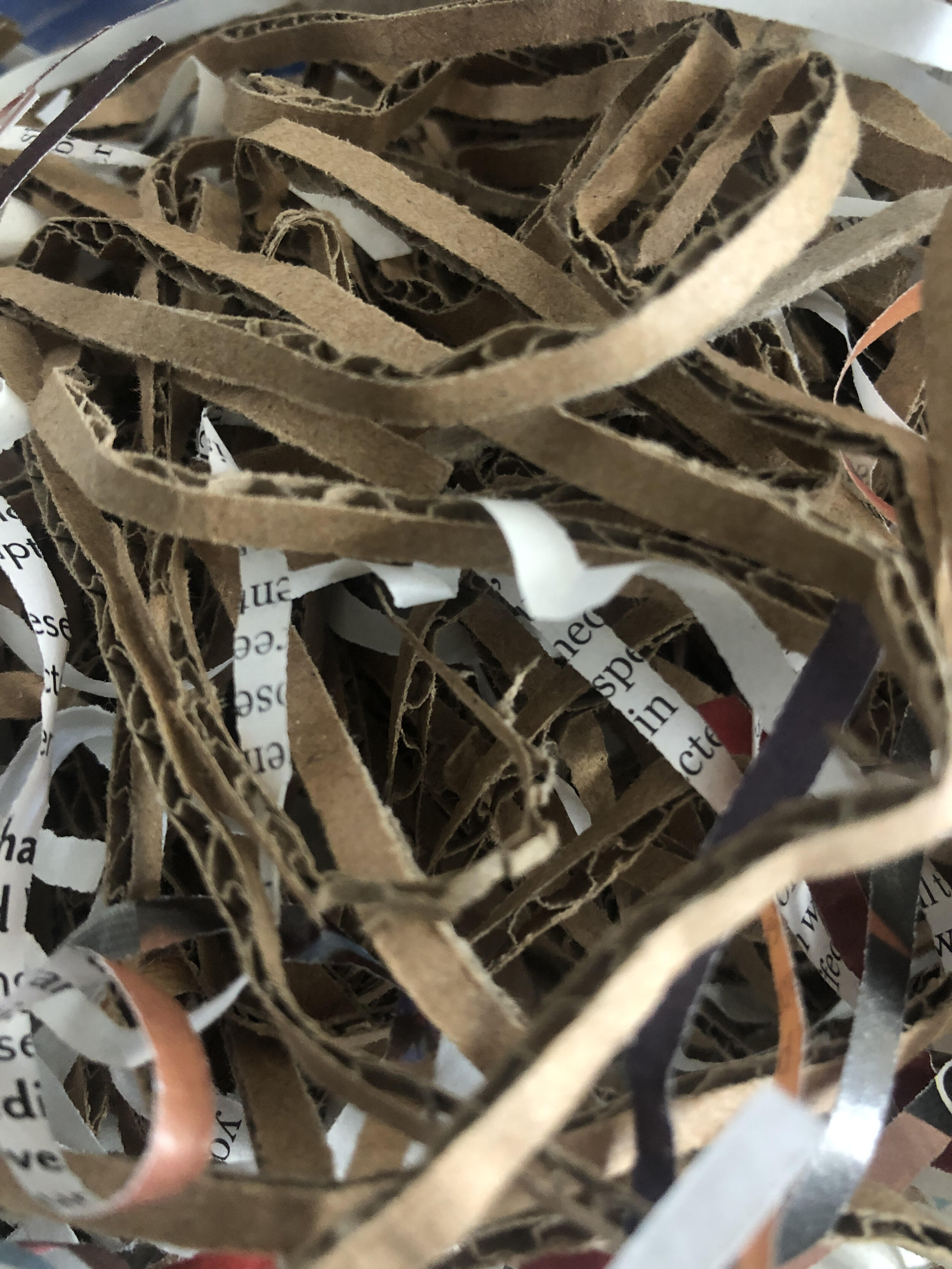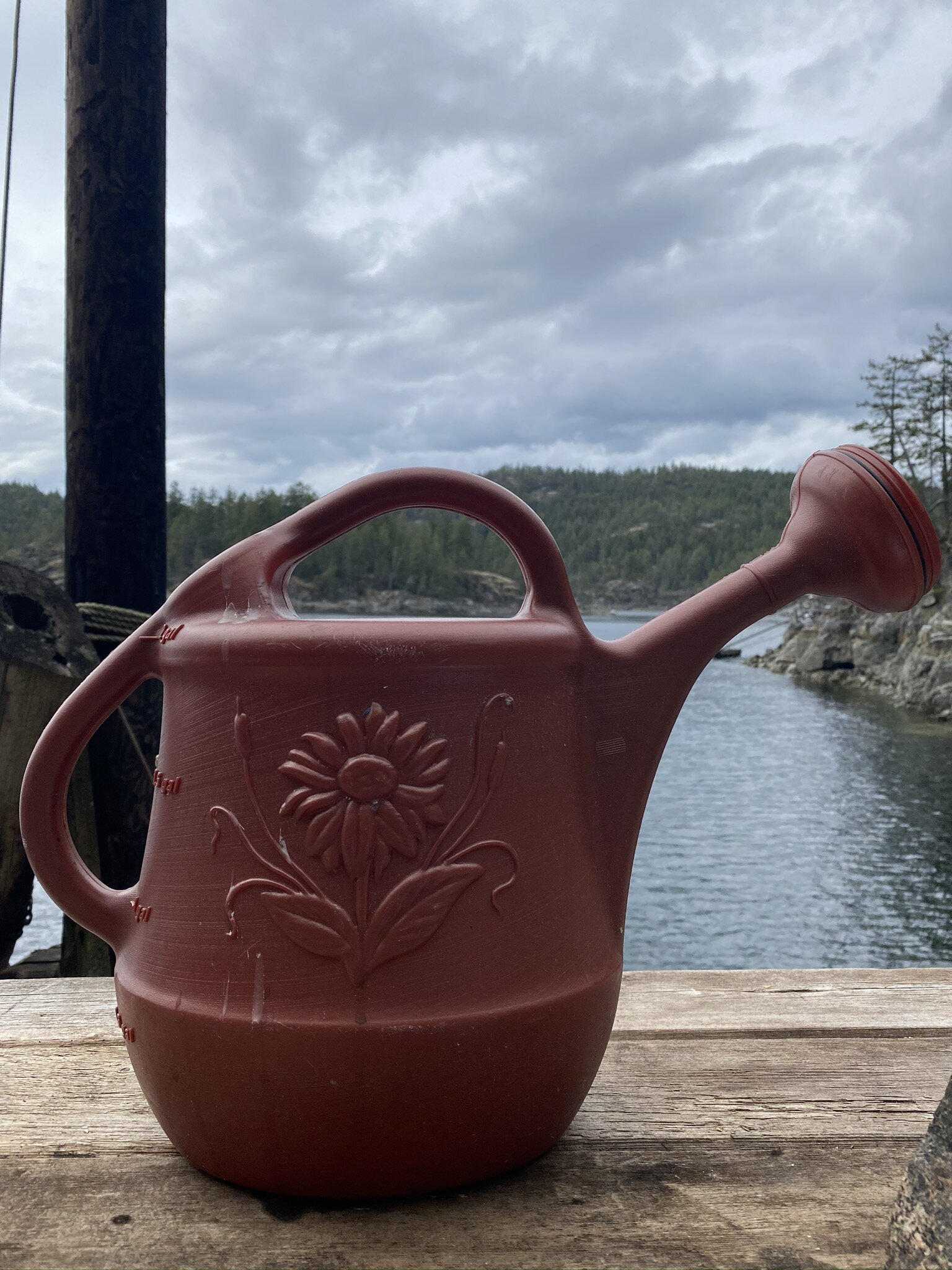This week is all about soil and the importance of composting.
Do you compost at home? Have you ever thought about what is actually happening in your compost? Christine teaches us how to make our own soil-arium at home so we can observe and track the decomposition process that occurs when we compost organic matter turning it into nutrient-rich soil for our plants! Join us!
Why is Composting so Important?
Composting is an important process that recycles the nutrients in food - to be reused to grow more food. When we throw our food scraps into the garbage we lose those nutrients forever. Not only are we throwing away very important nutrients, but food scraps in the landfill release something called methane gas which contributes to global warming. By composting, we are saving valuable nutrients that we can use to grow more nutritious food - and we are also helping to protect our environment.
A great example of composting takes place on the forest floor! We don’t see people going to clean up all the fallen leaves, trees, branches, etc. This is because decomposers (living organisms) such as worms, fungi, beetles, and bacteria help break down these materials. By creating a soil-arium or compost, we are building a home for decomposers to do their important work! Even if you can’t see these organisms, they are there and busy helping to create soil for us. It is important we give these living organisms the things they need to survive!
Learning Objectives
Be able to explain what composting is and why it is important
Understand how to start a basic composting system
Learn about the life cycle of food
Activity Preparation
Items needed:
Set-up
Little to no set-up is required. Find a sunny windowsill spot where the soil-arium can be observed throughout the composting process (approximately 12 weeks).
Activity Instructions
1. Add a small handful of dirt to the bottom of your glass jar.
2. Add a layer of shredded newspaper or cardboard.
3. Add a layer of kitchen scraps.
4. Add a layer of organic yard debris.
5. Repeat this order of layering until your jar is almost full to the top.
6. Add your water and then cap the top with holes poked in the lid.
7. Draw a line to mark the top of your original composting pile.
8. Add a little bit of water as needed, and stir daily to provide oxygen and move around the bacteria so they can find new food.
9. Every two weeks, draw a line to mark the new top as the composting process continues.
Observing Changes in Your Soil-Arium
The composting process will be different with each person’s soil-arium. The composting process can take several months, so we can make some observations during this time.
Measuring/Tracking Compost:
On Day 1 of your soil-arium, mark and measure the height from the bottom of the container to the top of the pile of compost.
Every week or two, you can re-measure, and note changes in the height of the compost as things decompose.
How much water are you adding?
How big are the pieces of food scraps that you have added to your compost? We can help speed up the composting process by breaking down what we add into smaller pieces.
How heavy is your soil-arium?
You may want to try making some predictions of what may happen in your soil-arium over time.
Making Observations of the Composting Process:
You may want to try creating a journal to record and keep track of what you have added to your soil-arium.
What changes are you noticing with your soil-arium? After a few weeks, can you still see and identify all the food scraps that you have added?
Have some of the food scraps decomposed more quickly than others?
Can you see any flies, worms, or other insects in your soil-arium?
How does your soil-arium smell? Adding more dry browns to the top layer in the Soil-arium will help it from getting stinky! Adding more browns will slow down the composting process, but it also helps from ‘drowning’ the compost with too much moisture - which can kill the living organisms responsible for composting.
How does the texture of it feel in your hand? Remember, healthy compost should have a similar moisture to a wrung out sponge.
Compost Recipe
Remember that your compost is a living thing, and it requires our love and attention to make it thrive - just like a pet! It needs a balanced diet of browns and greens, air, and water (as needed).
Now, it is your turn to go find some browns and greens to add to your soil-arium!

















